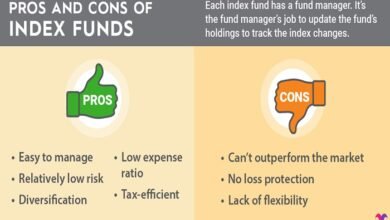Unpacking the Meaning of WTW in Text Conversations

Introduction
In the fast-paced world of texting and online communication, acronyms and abbreviations are a shortcut to quick and effective conversation. One such acronym that often pops up is “WTW.” This post will explore the various meanings and contexts of “WTW” in text messaging, helping you understand how and when to use it appropriately.
What Does “WTW” Stand For?
“WTW” typically stands for “What’s the Word?” in text conversations. This phrase is commonly used to inquire about the latest news, updates, or plans. It’s a casual way to start a conversation by asking someone what’s happening in their life.
Usage in Casual Conversations
In casual texting, “WTW” can serve as a friendly nudge to catch up or keep the conversation flowing. It’s like asking, “What’s up?” or “What’s new with you?” This makes “WTW” extremely popular among friends and close acquaintances.
“WTW” in Professional Contexts
While “WTW” is prevalent in informal settings, its use in professional texts is less common and can be considered too casual or informal. In a business environment, clearer and more formal language is typically expected.
“WTW” as “What to Watch”
Another less common but interesting use of “WTW” is “What to Watch.” People might use it when discussing movies, TV shows, or even YouTube content. This usage is particularly common among groups sharing similar interests in entertainment.
Communicating Uncertainty with “WTW”
“WTW” can also express uncertainty or confusion about a particular topic or event. If someone is unsure about details or outcomes, they might text “WTW?” implying they need more information or clarification.
The Role of “WTW” in Planning Events
When planning events or gatherings, WTW might pop up as a way to discuss or confirm plans. For instance, a text might read, “WTW for Saturday’s outing?” to inquire about the finalized details or any changes to the plan.
How “WTW” Enhances Quick Exchanges
“WTW” is perfect for quick exchanges where typing long sentences is impractical. It helps keep texts short and to the point, especially when time is of the essence or when multitasking.
Potential Misunderstandings with “WTW”
Despite its convenience, using “WTW” can sometimes lead to misunderstandings, particularly with those not familiar with the acronym or when the context isn’t clear. It’s important to consider your audience before using such abbreviations.
Etiquette and “WTW”
Texting etiquette with WTW suggests using it with people who are familiar with text abbreviations and comfortable with informal language. It’s best avoided in first-time communications or with those who prefer formal dialogue.
Alternatives to “WTW”
If “WTW” seems too informal or if you’re unsure about using it, there are alternatives like “What’s happening?” or “Any updates?” These can serve the same purpose but with a slight increase in formality.
Conclusion
WTW in text messaging is a versatile acronym used to inquire about news, seek clarifications, or simply catch up with friends. Understanding its proper use and the contexts in which it is appropriate can enhance your texting efficiency and prevent potential communication faux pas.
FAQs
What is the most common meaning of “WTW” in text?
The most common meaning of “WTW” in text messaging is “What’s the Word?” It’s used to inquire about updates or news in a casual manner.
Can “WTW” be used in professional emails?
“WTW” is generally considered too informal for professional emails. It’s better to use complete phrases and more formal language in such contexts.
How can I use “WTW” in a sentence?
You can use “WTW” in a sentence like this: “Hey, long time no see! WTW?”
Is it appropriate to use “WTW” with someone I’ve just met?
It’s advisable to avoid using “WTW” with new acquaintances as they might not be familiar with the acronym. Opt for clearer and more formal language instead.
Are there any cultural differences in the use of “WTW”?
Cultural differences might influence the understanding and usage of “WTW.” It’s more commonly used and understood in cultures where English text slang is prevalent.



